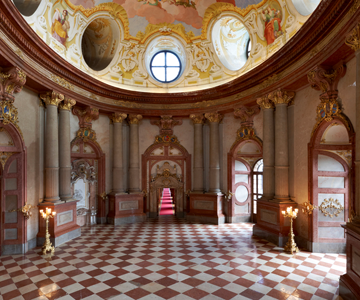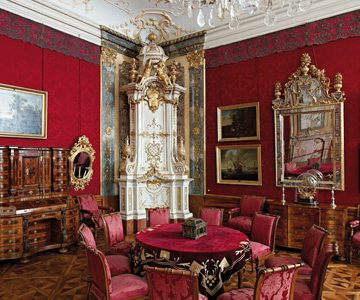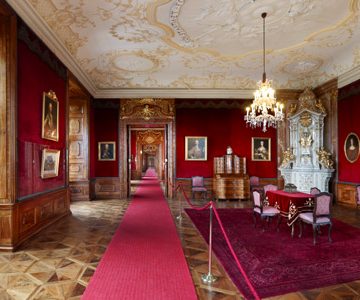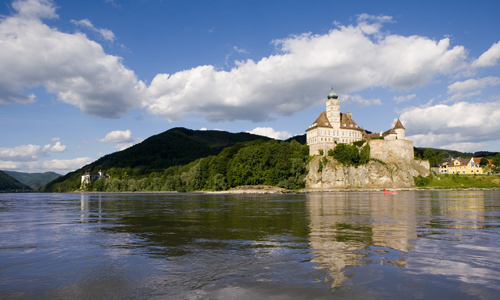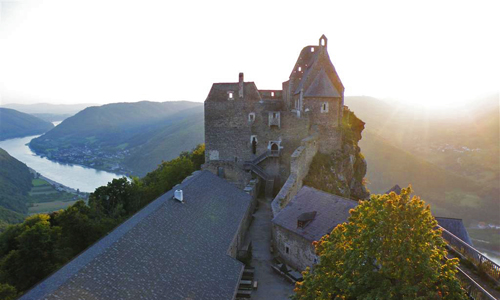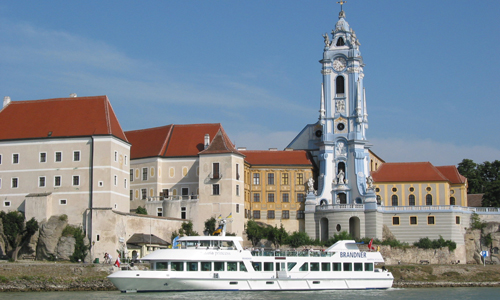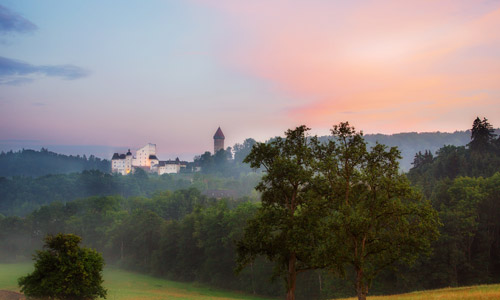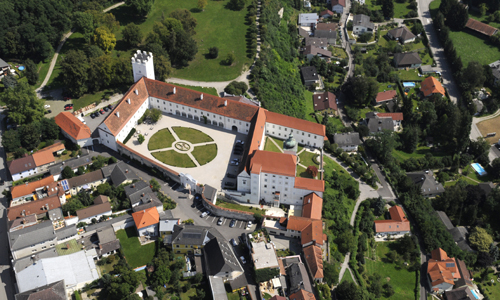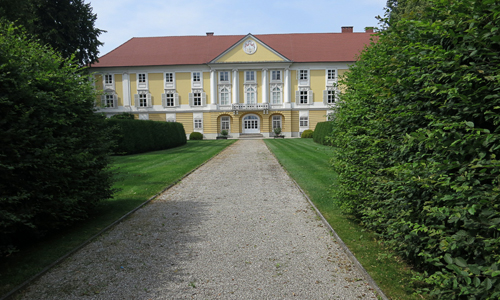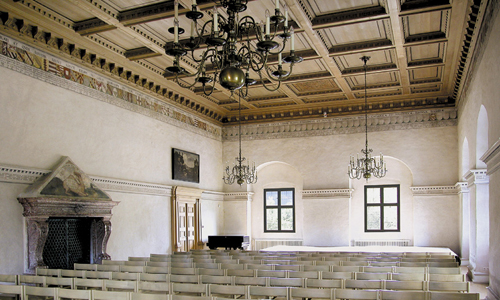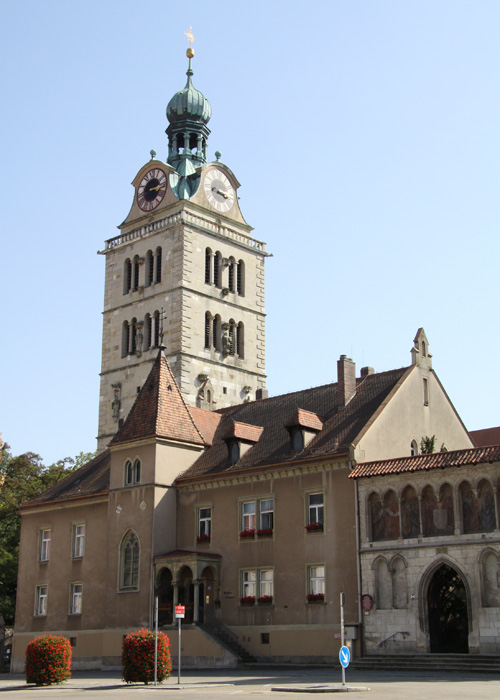Noblesse oblige
The fine way of life on the road of emperors and kings
It is less than twenty kilometers from the Habsburg metropolis of Vienna to Klosterneuburg. Founded in 1114, the monastery is considered the cradle of Austria, which in the 18th century, as a result of efficient Habsburg power and marriage policy, had risen to become an influential player in European, if not world, politics. Willing to erect an everlasting monument to his triumphs, Emperor Charles VI (1685 - 1740) ordered the expansion of the monastery into an epochal residence with its own imperial apartments. In addition to the Retirarde - the private retreat - the suite for the ruling family includes(d) an Audience Hall, a Table Room and a Red Salon.
At least in the case of the Klosterneuburg monastery, "saving" was a foreign word for the monarch who was the owner of the building. This was presumably much to the delight of the architects as well as the plasterers and painters, who were allowed to decorate the imperial tract in abundance with decorative plasterwork and virtuous murals. At least once a year, the imperial family enjoyed it when they moved to Klosterneuburg with the daughters of Maria Theresia, Anna and Alma at Leopoldi and temporarily resided in the monastery.

